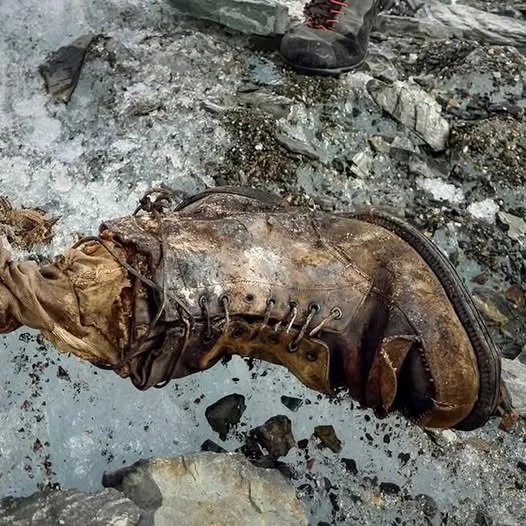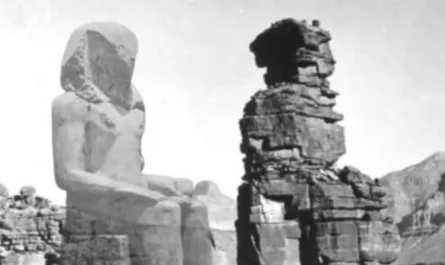For nearly a century, the disappearance of Andrew Comyn “Sandy” Irvine and George Mallory on Mount Everest in 1924 has captivated mountaineers, historians, and adventurers alike. The question of whether they reached the summit nearly three decades before Sir Edmund Hillary and Tenzing Norgay remains one of the sport’s most enduring mysteries. Now, a significant discovery on the unforgiving slopes of the world’s highest peak has added a new, potentially pivotal chapter to this legendary tale: the possible discovery of Sandy Irvine’s remains.

News has emerged that feet, boots, and socks, strongly believed to belong to the 22-year-old Irvine, have been found on Everest’s Central Rongbuk Glacier. This discovery, lower down the mountain than where Mallory’s body was located in 1999, offers a tangible link to the young climber who vanished into the snow and mist alongside his more experienced partner.
The most compelling piece of evidence linking these findings to Irvine is the remarkable detail of his name being engraved on one of the socks found inside the boot. This personal touch, a small act of ownership in the face of such monumental challenge, now speaks volumes across the decades.
Sandy Irvine, a bright and skilled young rower and engineer, joined the 1924 British Everest expedition. Tasked with operating the oxygen equipment, he partnered with the seasoned mountaineer George Mallory for the final summit push. Their last sighting was through a break in the clouds, high on the Northeast Ridge, by expedition geologist Noel Odell. Then, they were gone, swallowed by the mountain, leaving behind a legacy of courage and unanswered questions.
The discovery of Mallory’s body in 1999 offered some clues, but crucially, the photograph of his wife, Ruth, which he had promised to place on the summit, was missing. This fueled the debate: had he reached the top and kept his promise before his fatal fall? The absence of Irvine, and more importantly, the Kodak camera he was known to be carrying, only deepened the mystery. That camera, many believe, could hold the ultimate photographic evidence of a successful, albeit tragic, ascent.
The recent finding of what are likely Irvine’s remains opens up a new avenue of speculation and potential investigation. The location of the discovery, lower than Mallory’s, might suggest a separate incident or a different descent route. Could further exploration of this area yield more artifacts, perhaps even the elusive camera? The mountaineering community and historians will undoubtedly be watching closely for any subsequent expeditions to the area.
This discovery serves as a poignant reminder of the immense risks undertaken by these early Everest pioneers. Their ambition to conquer the world’s highest peak came at a tremendous cost, and their story continues to resonate almost a century later. While the finding of Irvine’s possible remains may not definitively answer the question of whether they summited, it brings us closer to understanding the final moments of this fateful climb.
Here in Phnom Penh, so far removed geographically from the icy heights of Everest, the story of Mallory and Irvine still holds a certain allure – a testament to the universal human drive for exploration and the enduring power of historical mysteries. This latest development reminds us that even in the most remote and unforgiving environments, the stories of those who came before can resurface, offering new perspectives on events that have long captured our imagination.
The mountain continues to guard its secrets, but with this recent discovery, the century-old enigma of Mallory and Irvine has taken another fascinating, and perhaps revealing, turn. The hope remains that further investigation might one day finally unveil the truth behind their fateful expedition.
What are your thoughts on this latest discovery? Do you believe the camera might still be found? Share your theories and reactions in the comments below.





